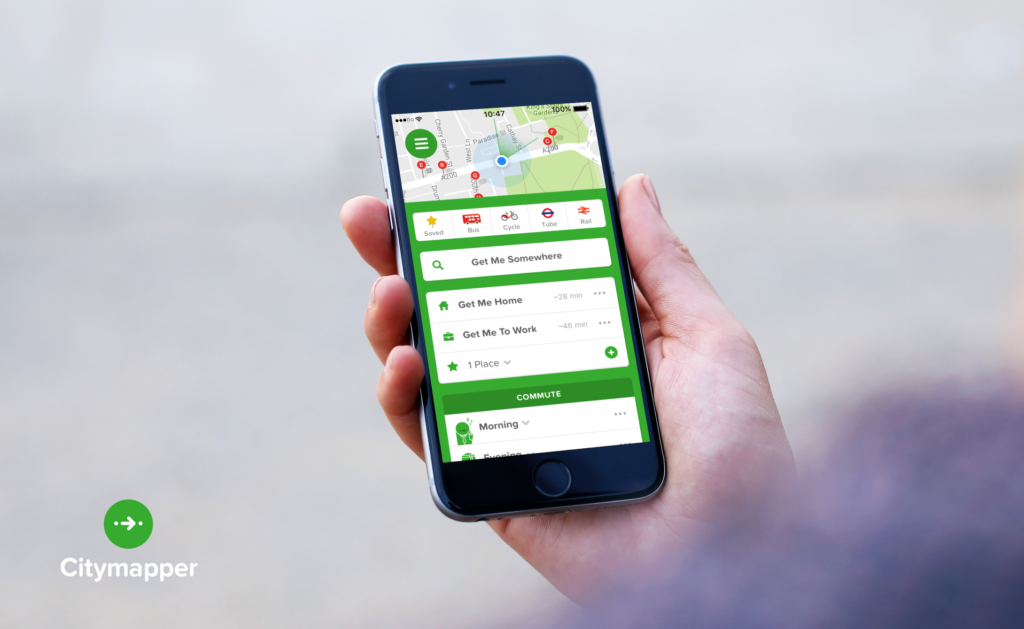Design Critique: Winc(iPhone App)
Introduction Winc is an iOS app I use to order wine online. Users take their simple 6-question Palate Profile Quiz and Discover their personalized wine recommendations. The selected wine will be delivered per month. Users can use the app to: Sign up/Sign in Manage membership Discover personalized wine recommendations Customize orders Ship box immediately Rate […]
Design Critique: Winc(iPhone App) Read More »




